This is a very attractive guide that all keen birders will benefit from reading even if it is probably aimed at the more general reader. Of course, it’s no substitute for Ernest Garcia’s “Where to Watch Birds in Southern & Western Spain” but it’s not meant to be and taken on its own terms it does a first-rate job of promoting the province as a birding destination throughout the year, not just at peak migration times. It’s certainly very welcome that the Cadiz tourism authorities take birdwatching so seriously and have knowledgeable advocates like Manuel Morales (amongst others) to plead the cause. I pride myself on knowing the province better than most visitors but there were still several sites I didn’t know. Keen birders may well hope that the author writes a more detailed book based on this novel idea but in the meantime, it’s well worth picking up this guide (presumably available at any Turismo in Cadiz and hopefully, at some, point available on ISSUU).
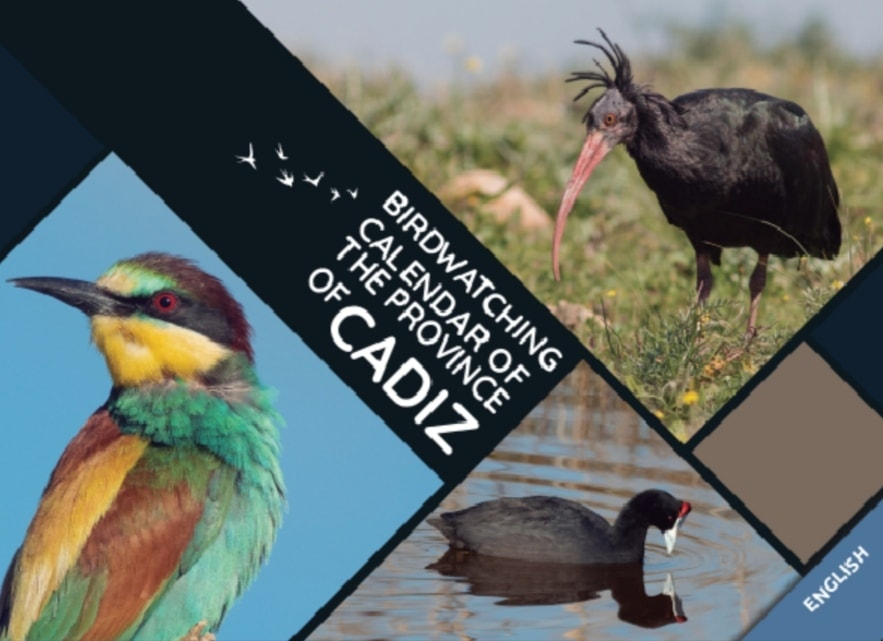
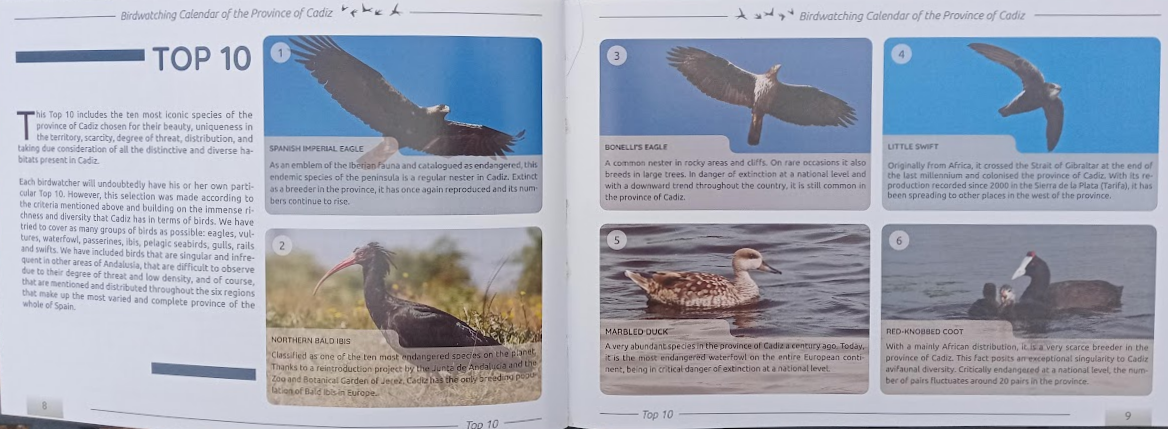
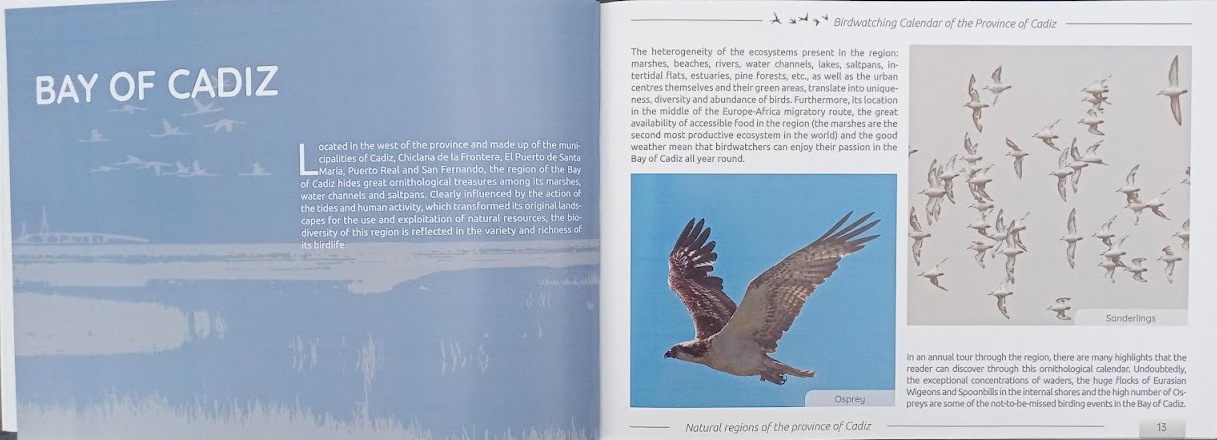
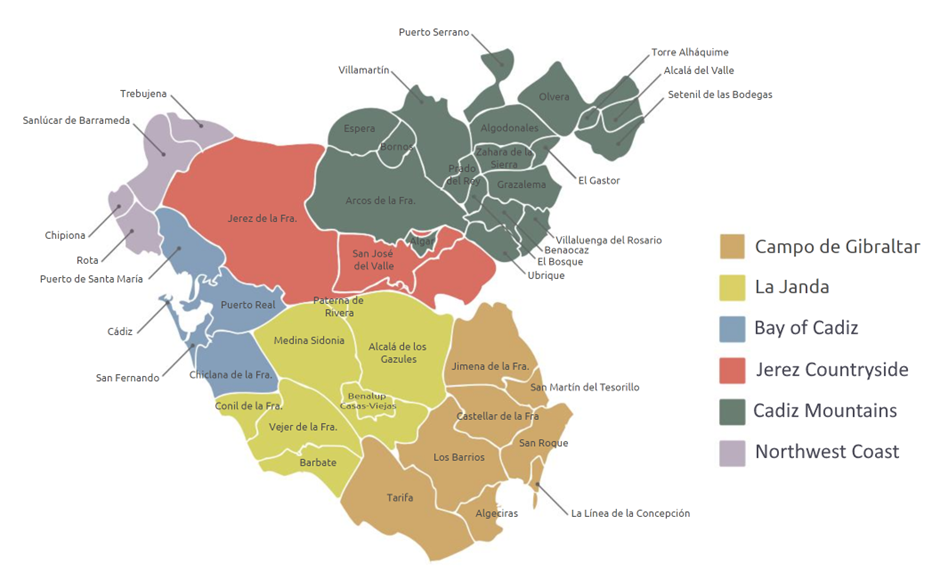
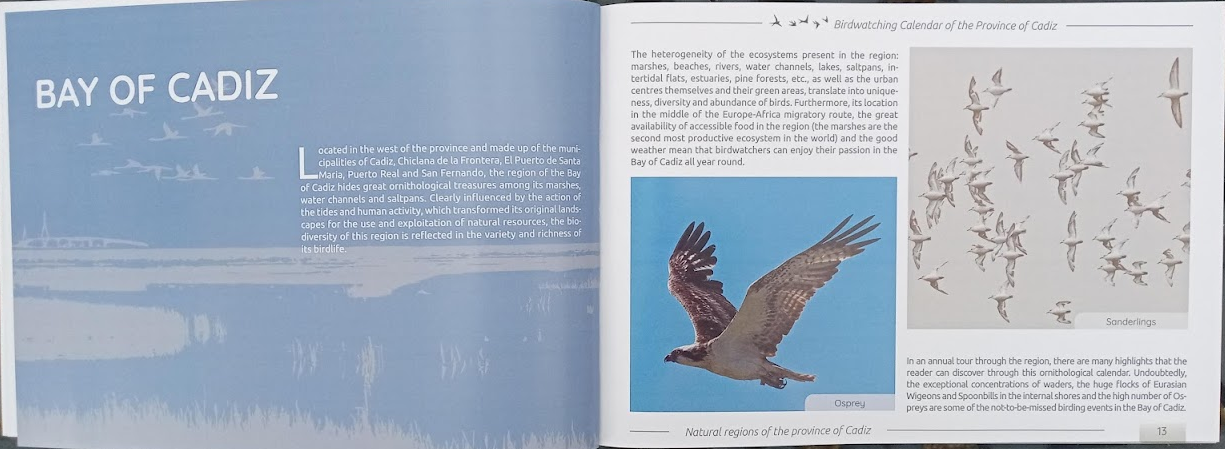
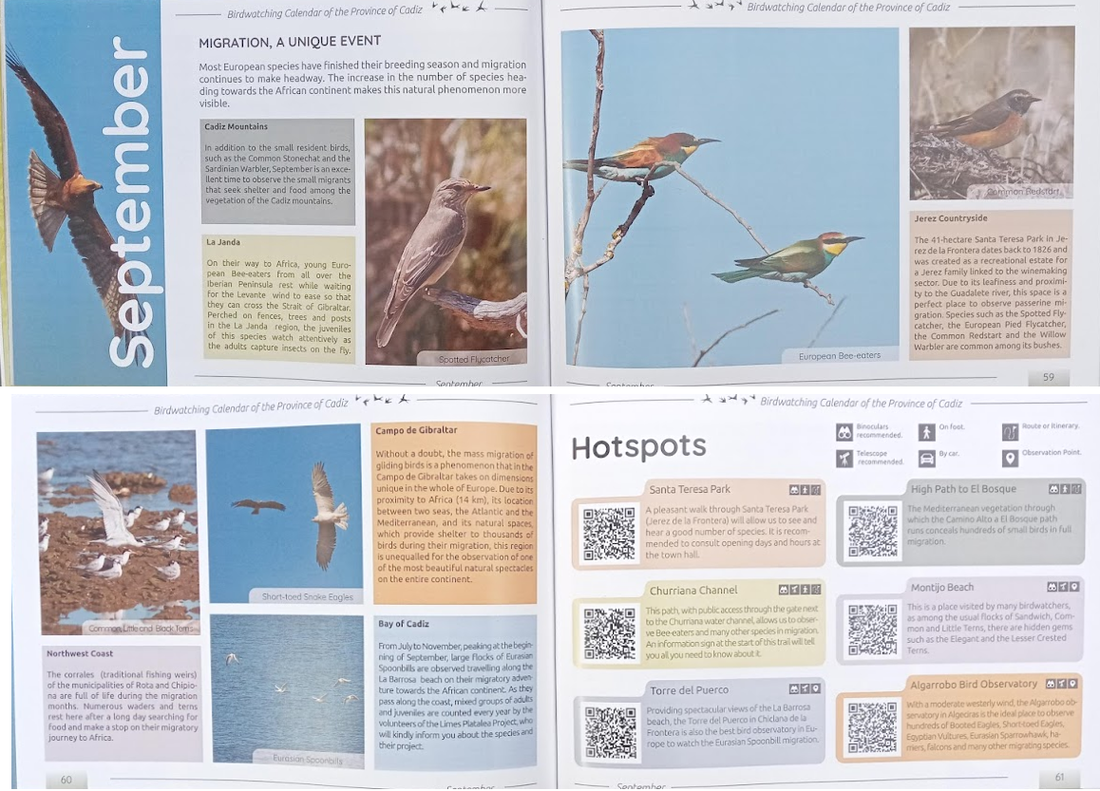
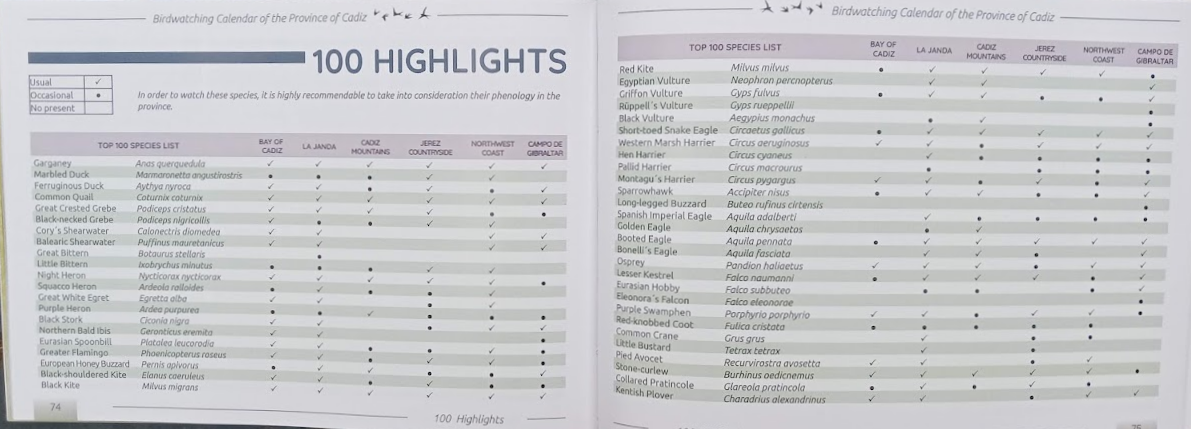
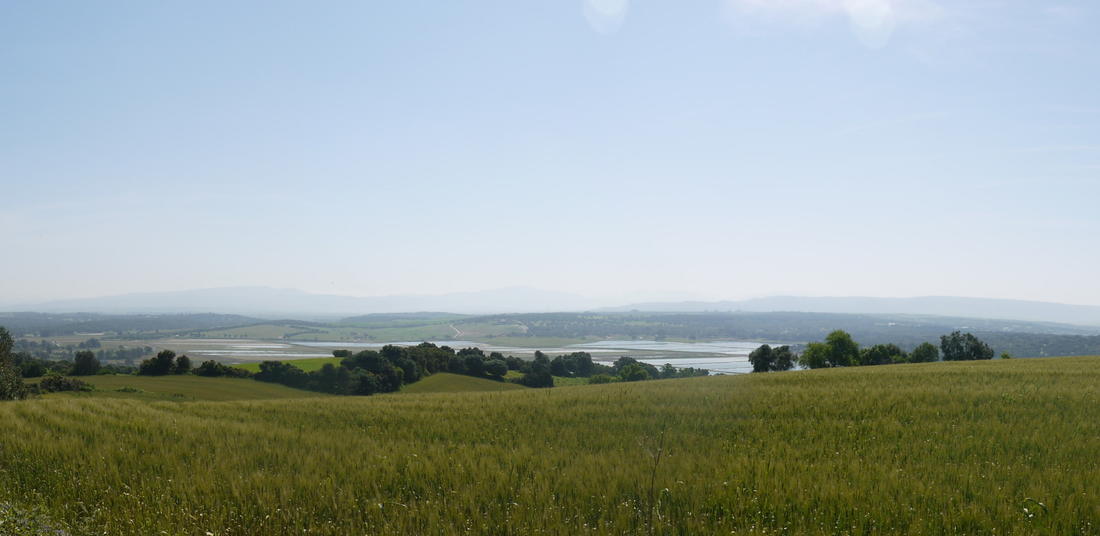
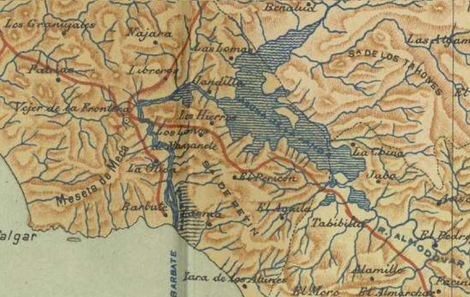
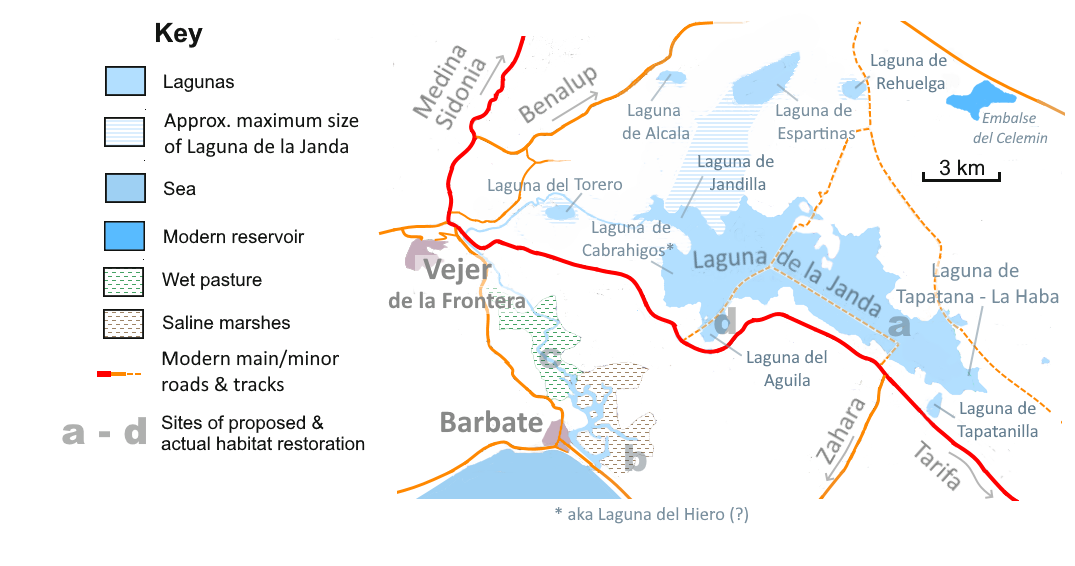
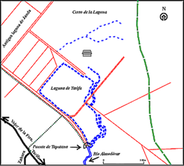

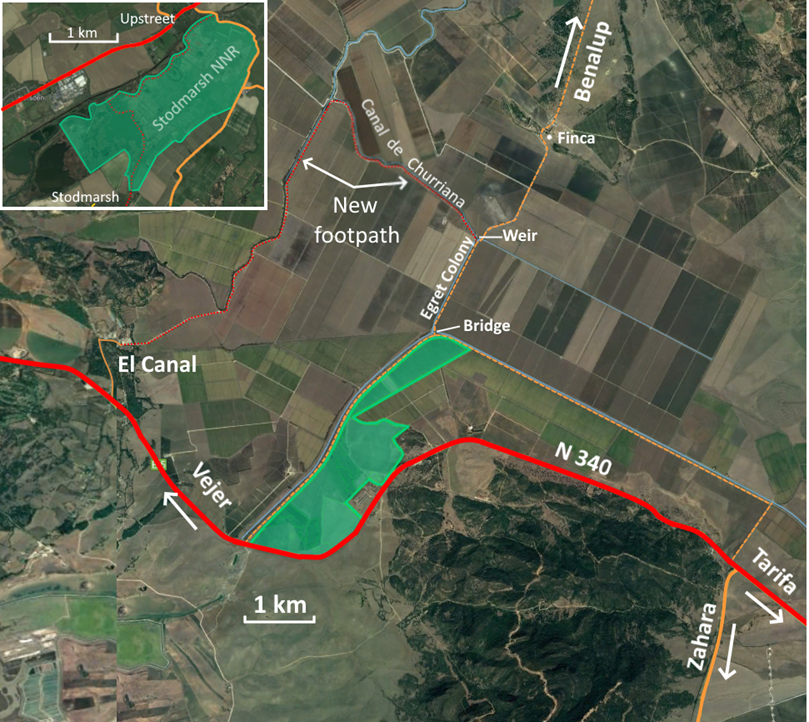
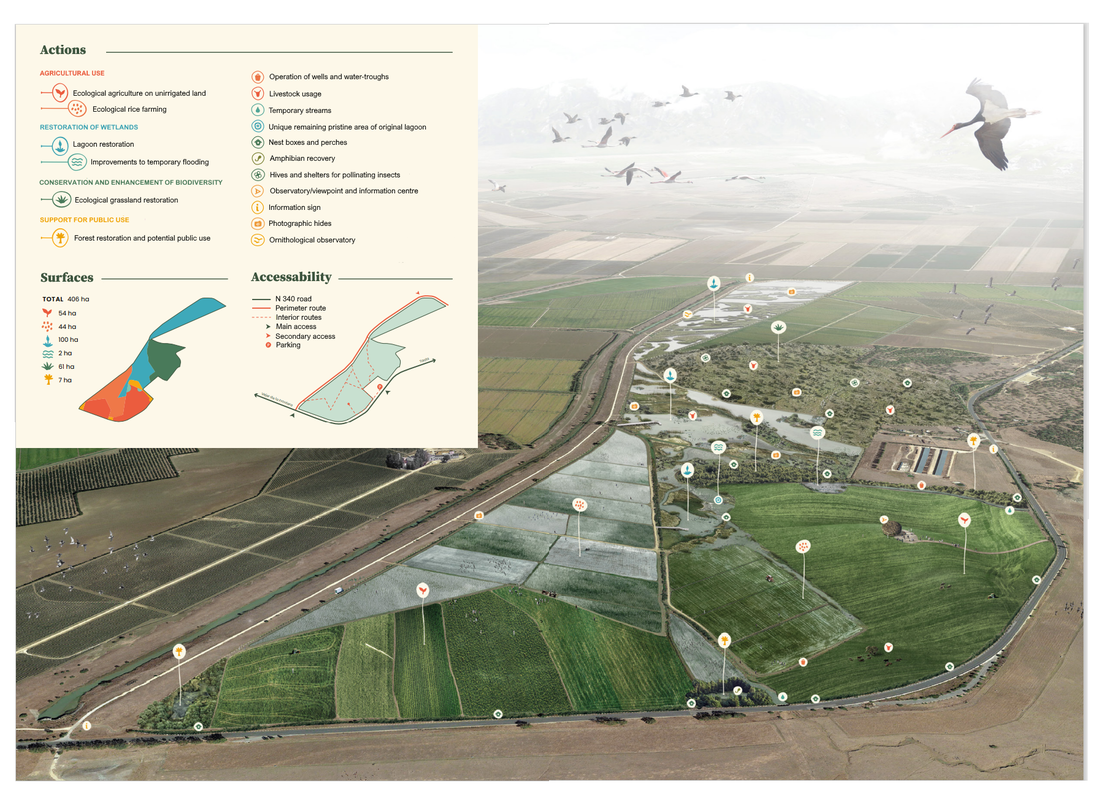
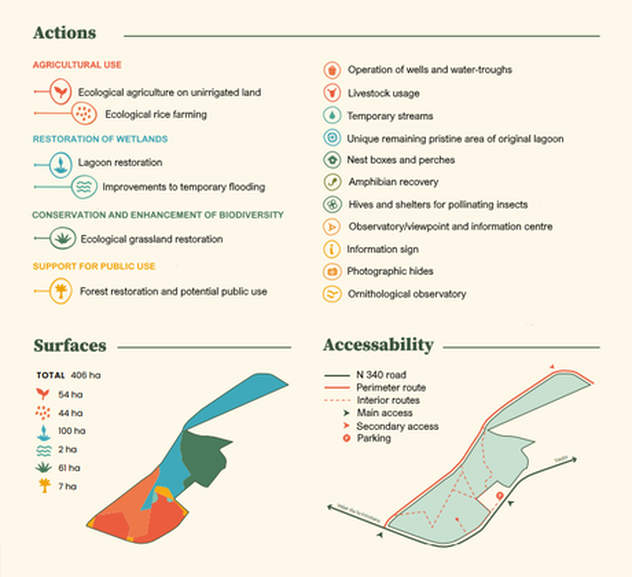

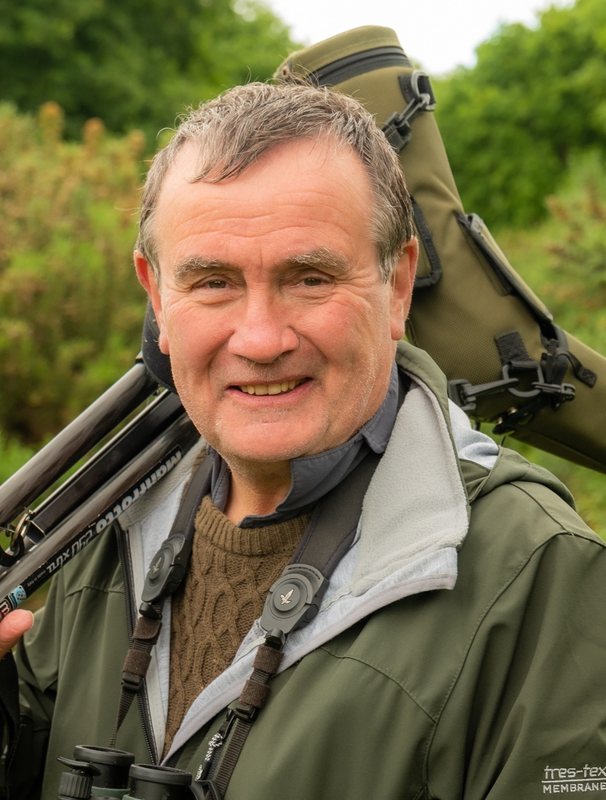
 RSS Feed
RSS Feed
